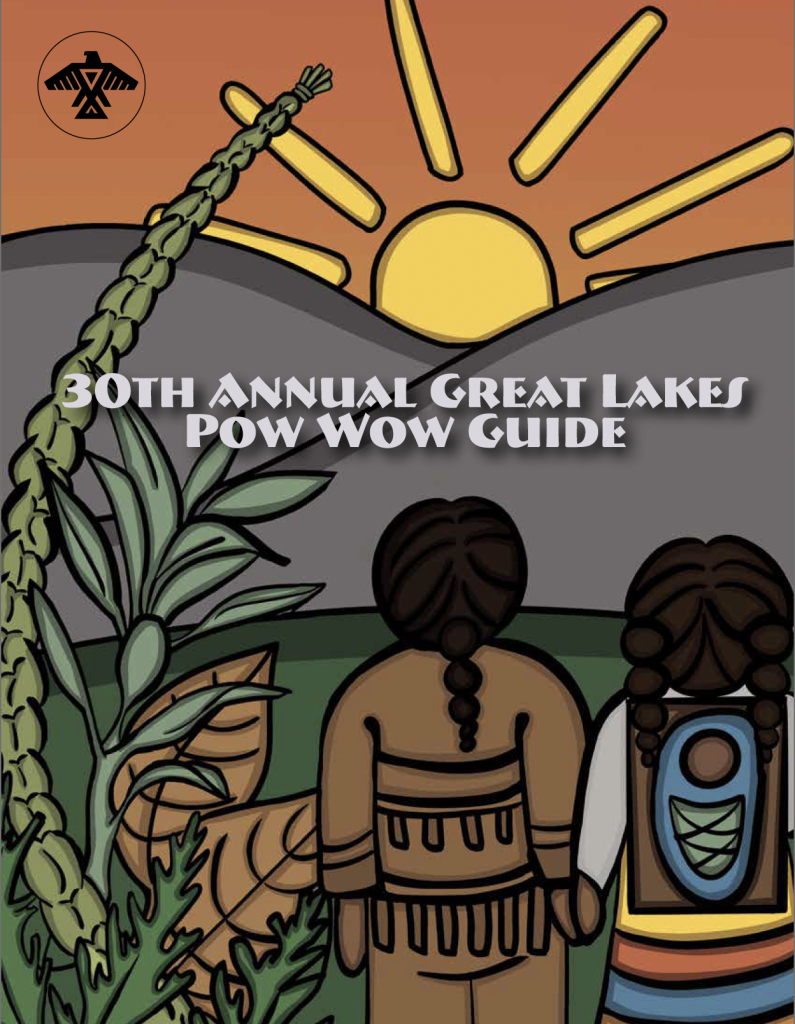An Overview of The Schools
- The goal of Indian Residential Schools was to assimilate Indians into society— to kill the Indian in the child.
- The Canadian government operated Indian Residential and Say Schools in partnership with the Anglican, Catholic,
Methodist, and Presbyterian churches, among others. - The Canadian government was financially responsible for Indian Residential Schools.
- Indian Residential Schools operated in all Canadian provinces and territories except Prince Edward Island, New
Brunswick, and Newfoundland. - Indian Residential Schools operated in Canada between the 1870s and the 1990s.
- The last Indian Residential School closed in 1997.
- Children between the ages of 4-16 attended Indian Residential School.
- It is estimated that over 150,000 Indian, Inuit, and Métis children attended Indian Residential School.
What Was An Indian Residential School?
Before Indian Residential Schools existed, Industrial Schools existed both on and off-reserve. They were a form of “manual labour school”. Eventually, the Industrial School model was phased out in favour of the Indian Residential School model.
The Indian Residential School system was mainly located off-reserve, attended by children for the duration of a 10-month academic year. In some cases, children lived at the Residential School year-round. The students’ time was divided between academic learning, religious prayer, and tasks.
What Was An Indian Day School?
“In addition to Residential Schools, the Canadian government and Christian churches enforced Indian Day Schools. The federal government used day schools as tools of assimilation against Indigenous children until the late 1870s, when Residential Schools were fully mobilized. Unlike Residential Schools, Day School students remained in their communities and went home to their families in the evenings.
Day Schools were not included in the Truth and Reconciliation Commission, nor were they included in the Indian Residential School Settlement Agreement of 2006; however Day Schools, like Residential Schools, were places where students experienced physical, verbal, and sexual abuse.”
Cited: https://irshdc.ubc.ca/learn/indian-day-schools/
What Was An Indian Industrial School?
Industrial Schools pre-dated Residential Schools, some Industrial Schools even pre-date Canadian confederation. Established through the same legislation and funded by the Federal Government, Industrial Schools were religiously-affiliated institution of abuse and assimilation.
Why Were The Schools Created?
Despite the type of school system, they were all based on the clearly stated goals of assimilating Indians, deemed to be the most effective way to “civilize” the Indians.
“…[I]f anything is to be done with the Indian, we must catch him very young. The children must be kept constantly within the circle of civilized conditions.”
Nicholas Flood Davin, “Report on Industrial Schools for Indians and Half-Breeds,” 1879.
Duncan Campbell Scott, who was the Deputy Minister of Indian Affairs in Canada in 1920, has been quoted on the record saying:
“I want to get rid of the Indian problem. I do not think as a matter of fact, that the country ought to continuously protect a class of people who are able to stand alone… Our objective is to continue until there is not a single Indian in Canada that has not been absorbed into the body politic and there is no Indian question, and no Indian Department.”
How Were The Schools Created?
In 1884, amendments to the Indian Act, 1876, were adopted and provided for the creation of Indian Residential Schools. The Indian Residential Schools in Canada were predominately funded and operated by the Government of Canada and Roman Catholic, Anglican, Methodist, Presbyterian and United churches. To a lesser scale, some Indian Residential Schools were funded by provincial governments or by the various religious orders.
In 1920, amendments to the Indian Act make it mandatory for every Indian child between the ages of 7 and 16 years, to attend Indian Residential School.
In 1933, legal guardianship of the Indian children attending Indian Residential School was assumed by the principals of those Indian Residential Schools, upon the forcible surrender of legal custody by parents.
How Many Children Attended The Schools?
It is estimated that over 150,000 First Nations, Inuit, and Métis children between the ages of 4 and 16 years old attended Indian Residential Schools in Canada.
How Many Schools Were There?
There are 139 Indian Residential Schools identified within the Indian Residential School (IRS) Settlement Agreement. This figure represents the Indian Residential Schools that were funded and operated in whole by the federal government or in part by the federal government and a religious order.
It is to be noted that there were a number of other schools that were funded by the provincial government and/or a religious order. These schools are not included in the IRS Settlement Agreement.
What Happened At The Schools?
For the most part, children do not recall positive experiences while attending Indian Residential School. They were forced to abandon their language, cultural beliefs, and way of life, and mandated to adopt the European languages of English or French, foreign religious denominations, and new habits.
The following is a list of some of the forced changes and traumatic experiences lived by former students that have been documented:
- Forbidden to speak their Indigenous languages
- Required to speak English or French
- Required to adopt religious denomination of the school
- Forced style of prayer consistent with school denomination
- Forced haircut or shaved head
- Use of toxic chemical to clean children’s hair and skin
- Forced to wear uniform as designed by the school
- Forced to shower, no access to bathtubs
- Lack of nutritious diet
- Insufficient quantities of food
- Served spoiled food
- Segregation based on gender: brothers and sisters no contact
- Sexual assault
- Forced abortions
- Electrical shock
- Force-feeding of own vomit when sick
- Exposure to freezing outside temperatures with improper clothing
- Withholding medical attention
- Exposure to contagious illness (i.e., students with tuberculosis not segregated)
- Forced labour in unsafe work environments
- Vilification of cultural traditions
- Use of racist language to address students
- Withholding presents and letters from family
How Were Rules Enforced At The Schools?
Strict rules were developed, implemented, and strictly enforced at Indian Residential Schools to ensure children accepted and adapted the languages, religious beliefs, and ways of life.
Below are some of the documented ways that Indian Residential School staff ensured students respected the rules:
- Needles inserted into tongues for speaking their language
- Leather strap used to hit on various areas of the body
- Beating with fists
- Burning and scalding hands
- Inflicting beatings until unconscious
- Starvation
- Shaming
- Public Beatings of Naked Children
- Public Strip Search
- Genital Search
- Sexual Abuse
- Locking in closets, cages, and basements
When did the last School close?
The last Indian Residential School closed in 1997. Kivalliq Hall operated between 1985 and 1997 in Rankin Inlet, Nunavut. There is often misconception around the last Residential School, Kivalliq Hall was not originally part of the Indian Residential Schools Settlement Agreement (IRSSA), it was added at a later date and is sometimes overlooked as the last federally-funded Indian Residential School.
See the timeline at: https://nctr.ca/exhibits/residential-school-timeline/




